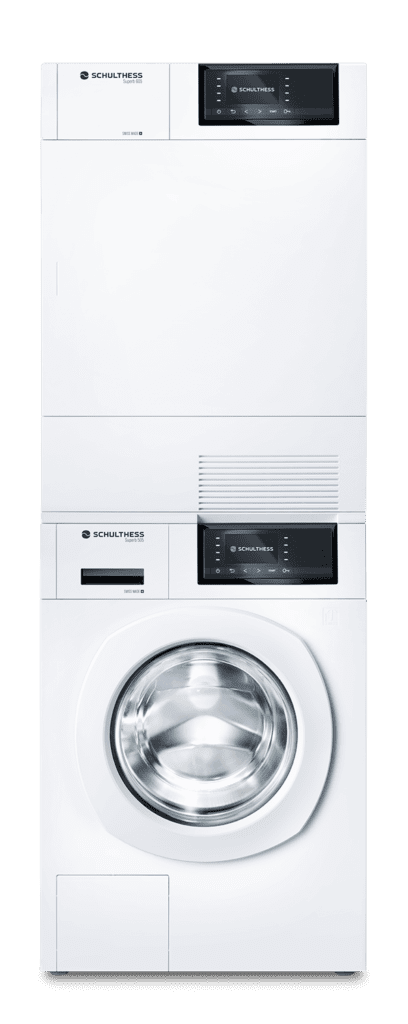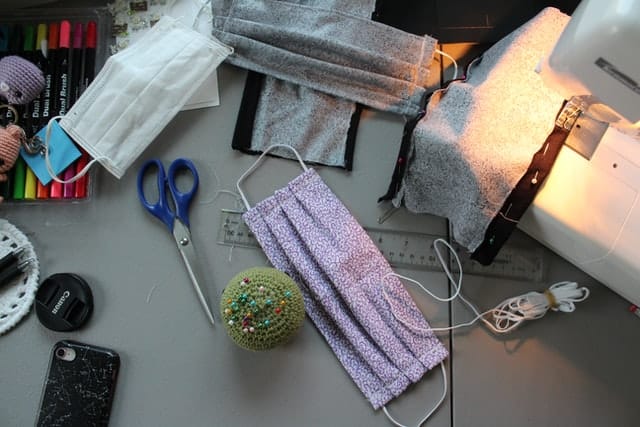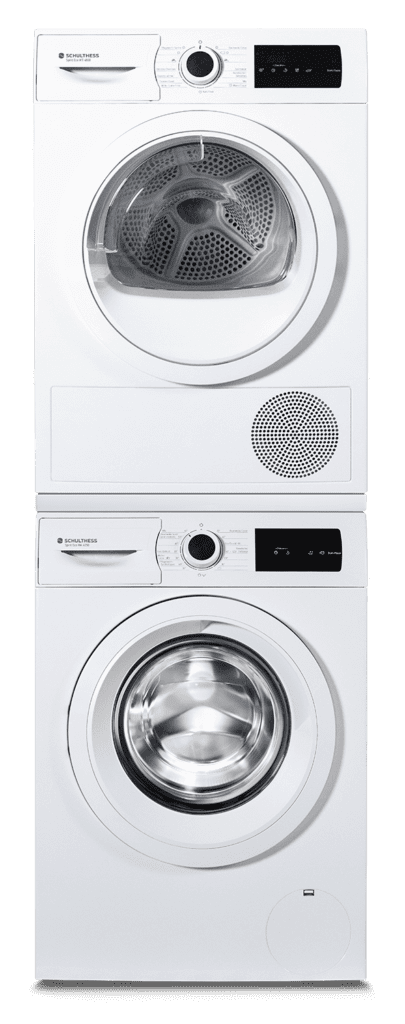Selecting the right temperature for the washing process
All fabric masks should be washed before first use and, if possible, after each subsequent occasion on which they have been worn. In any case, the mask must be washed if it is damp from breathing air after wearing.
Selecting the right temperature for the washing process
The Covid-19 virus is temperature-sensitive and dies off at a temperature of 59°C or higher. Fat-dissolving substances are also able to destroy the surface of the virus.
A possible option for ridding fabric masks of germs is therefore heating them in the oven or microwave or ironing them hot. One of the disadvantages is the risk of damaging the fabric with the heat. The simplest and safest option, which is also officially recommended, is to wash the mask in the washing machine.


